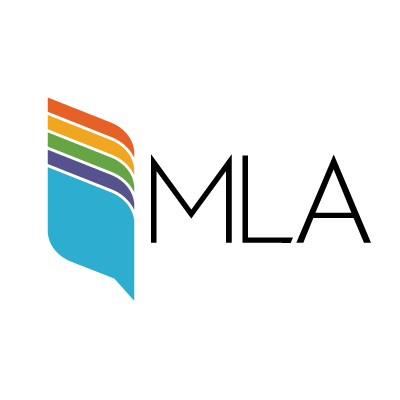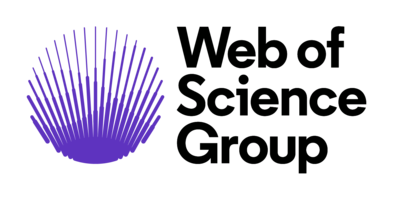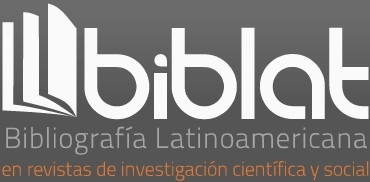Timbres Selection and Mixing in Orchestral Discourse: Outline of an (Ex) Tensive Approach
DOI:
https://doi.org/10.35494/topsem.2022.1.47.770Keywords:
Extensive Syntax, Tone colour, OrchestrationAbstract
Usually defined as “tone color” or “sound fingerprint”, timbre has been often analyzed by acoustics and psychoacoustics by means of decomposition into its constituent phases. Despite its undeniable advances, such a morphological approach still cannot account for phenomena of selection and combination of timbre. In addition to the description of timbre morphology, I propose a syntagmatic approach aiming to satisfactorily explain combinatorial constraints, operable thanks to the extensive syntax operations of sorting and mixing as proposed by Claude Zilberberg (2004, 2016a, 2016b). These conceptual tools were applied to critical texts on the diachronic constitution of the European orchestra. The results point to an untapped high potential to the application of the tensive model for a semiotic account of timbre.
Downloads
References
Carse, A. (1964). The History of Orchestration. Nueva York. Dover Publications [En el original: The History of
Orchestration, Londres, K. Paul, Trench, Trubner & Co.; Nueva York, E.P. Dutton & Co., 1925].
Favaretto, C. (2007). Tropicália, alegoria, alegria. 4a. ed. Cotia. Ateliê Editorial [En el original: Tropicália, alegoria,
alegria, São Paulo, Kairós, 1979].
Harnouncourt, N. (1982). Le discours musical. Pour une nouvelle conception de la musique. París. Gallimard.
Helmholtz, H. von. (1981). Die Lehre von den Tonempfindungen als Physiologische Gründe für die Theorie der
Musik. Frankfurt am Main. Minerva Verlag [En el original: Die Lehre von den Tonempfindungen als
Physiologische Gründe für die Theorie der Musik, Zurich, Vieweg; Braunschweig, 1863].
Hjelmslev, L. (1971). Prolegómenos a una teoría del lenguaje. Trad. de José Luis Díaz de Liaño. Madrid. Gredos
[En portugués: Prolegômenos a uma teoria da linguagem, São Paulo, Perspectiva, 2006]. [En el original en
danés: Omkring sprogteoriens grundlaggelse, Festkrift udgivet af Kobenhavns Universitet, 1943].
Hjelmslev, L. (1972). Ensayos lingüísticos. Trad. de Elena Bombín Izquierdo y Félix Piñero Torre. Madrid. Gredos
[En portugués: Ensaios linguísticos, São Paulo, Perspectiva, 1991] [En francés: Essais linguistiques, Traduit de
l’anglais par Jena-François Brunaud, Préface de François Rastier, coll. Arguments, 296, 1971].
Kennan, K. (1983). The technique of orchestration. Englewood Cliffs. Prentice-Hall.
Kieffer, B. (1987). Elementos da linguagem musical. 5a. ed. Porto Alegre. Movimento.
Menezes, F. (2003). A acústica musical em palavras e sons. 2a. ed. Cotia. Ateliê Editorial.
Rimsky-Korsakov, N. (1922). Principes of Orchestration. With Musical Examples Drawn from his Own Works I.
París. M. Steinberg (Ed.). Édition Russe de Musique. Trad. de Edward Agate.
Schaeffer, P. (1966). Traité des objets musicaux. París. Éditions du Seuil.
Shimoda, L. T. (2014). O estatuto conotativo do timbre em semiótica da canção [Dissertação de Mestrado].
Faculdade de Filosofia, Letras e Ciências Humanas da Universidade de São Paulo.
https://www.teses.usp.br/teses/disponiveis/8/8139/tde-26052014-121524/
publico/2014_LucasTakeoShimoda_VCorr.pdf
Shimoda, L. T. (2015). Semiotic Description of Timbre and Usage-Related Variants: An Exploratory Analysis of
Orchestration Handbooks. Signata: Annales des Sémiotiques, 43-64.
https://journals.openedition.org/signata/pdf/1060
Tatit, L. (2004). O século da canção. São Paulo. Ateliê Editorial.
Zilberberg, C. (2004). As condições semióticas da mestiçagem. En E. Cañizal Peñuela & K. E. Caetano, (Orgs.). O
Olhar à Deriva: Mídia, Significação e Cultura. São Paulo. Annablume [En el original en francés: « Les
contraentes sémiotiques du métissage », Revue Tangence, (64), Esthétiques du métissage, 8-24, 2001].
Zilberberg, C. (20016a). De las formas de vida a los valores. Traducción de Desiderio Blanco. Lima. Fondo
Editorial de la Universidad de Lima [En el original en francés: Des formes de vie aux valeurs, París, PUF, 2011].
Zilberberg, C. (2016b). Semiótica tensiva. Traducción de Desiderio Blanco. Lima. Fondo Editorial de la Universidad
de Lima [En portugués: Elementos de semiótica tensiva, Trad. De Ivã Carlos Lopes, Luiz Tatit y Waldir Beividas,
São Paulo. Ateliê Editorial, 2011] [En el original en frances: Éléments de grammaire tensive, Limoges, PULIM,
2006].
Downloads
Published
How to Cite
Issue
Section
License

Tópicos del Seminario is licensed under a Creative Commons Reconocimiento-NoComercial-CompartirIgual 4.0 Internacional License.














